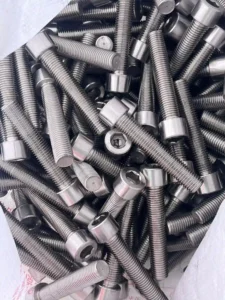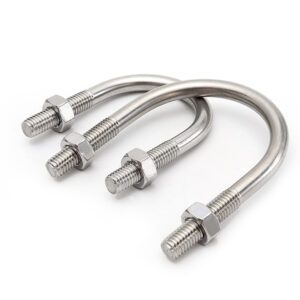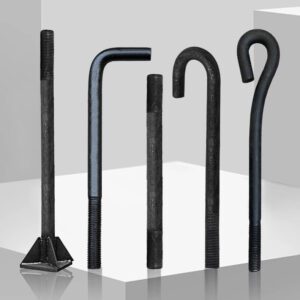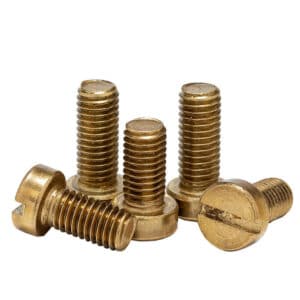When it comes to industrial fastening, stainless steel threaded rods (also known as threaded studs or “all-thread”) are indispensable. They provide secure fastening across construction, chemical, marine, and mechanical applications. But many buyers fall into costly traps when sourcing these rods. This guide will help you choose the right product with confidence.
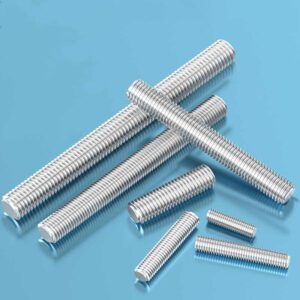
What Are Threaded Rods?
A threaded rod is a long, continuous bar fully covered with threading. According to the DIN975 standard, these rods come in specific diameters, pitches, and strength grades to meet different industrial needs. They can be cut to length and are widely used where reliable tension or load bearing capacity is required.
1. Material Selection – Why It Matters
Choosing the correct stainless steel grade directly affects performance and durability:
304 Stainless Steel – The most economical option, suitable for indoor environments, general machinery, and light industrial applications.
316 Stainless Steel – Superior corrosion resistance, especially in chloride-rich conditions like coastal or chemical plants.
316L Stainless Steel – Low carbon variant with stronger resistance to intergranular corrosion, making it ideal for marine and food processing industries.
⚠️ Buyer Tip: Don’t be misled by surface appearance. Some suppliers may deliver rods that look stainless but lack proper chemical composition. Always request material certification or use a spectral analyzer to verify compliance.
2. Strength Grades – The Hidden Factor
Many buyers focus on material and length but forget about strength grades. Stainless steel threaded rods typically come in 8.8, 10.9, and 12.9 grades.Grade 8.8 and above are classified as high strength.Higher grades offer greater tensile capacity, essential for structural and load bearing applications.Unfortunately, to cut costs, some manufacturers ignore tensile strength standards. Always specify the required tensile grade in your order to avoid weak fasteners.
👉 At Fastenmetal LTD, our stainless steel threaded rods are cold drawn to guarantee both mechanical performance and tensile strength.
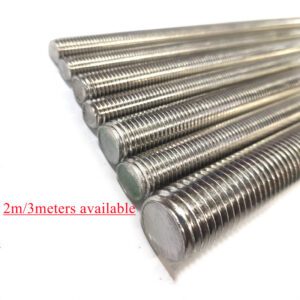
3. Sampling Before Bulk Orders
Never commit to large orders without inspection,Please request samples first. Check appearance , dimensional measurement, and tensile tests.Only sign contracts after confirming the rods meet specifications.This simple step prevents forever quality issues.
4.Don’t Accept Shortened Rods
To speed up delivery, some suppliers cut rods shorter than standard length. While this seems harmless, it often leaves improperly treated ends. The result? Damaged threads, reduced load capacity, and shorter service life. Always insist on rods that maintain their full integrity.
✅ Final Thoughts
When sourcing stainless steel threaded rods, remember:
1.Pick the right material – 304 for general use, 316/316L for harsh environments.
2.Specify tensile strength grade – Don’t let cost-cutting compromise safety.
3.Verify quality through samples – Trust but test.
4.Avoid shortened rods – Protect your investment.
By following these steps, you’ll ensure that your threaded rods deliver the performance, durability, and reliability your projects demand.

